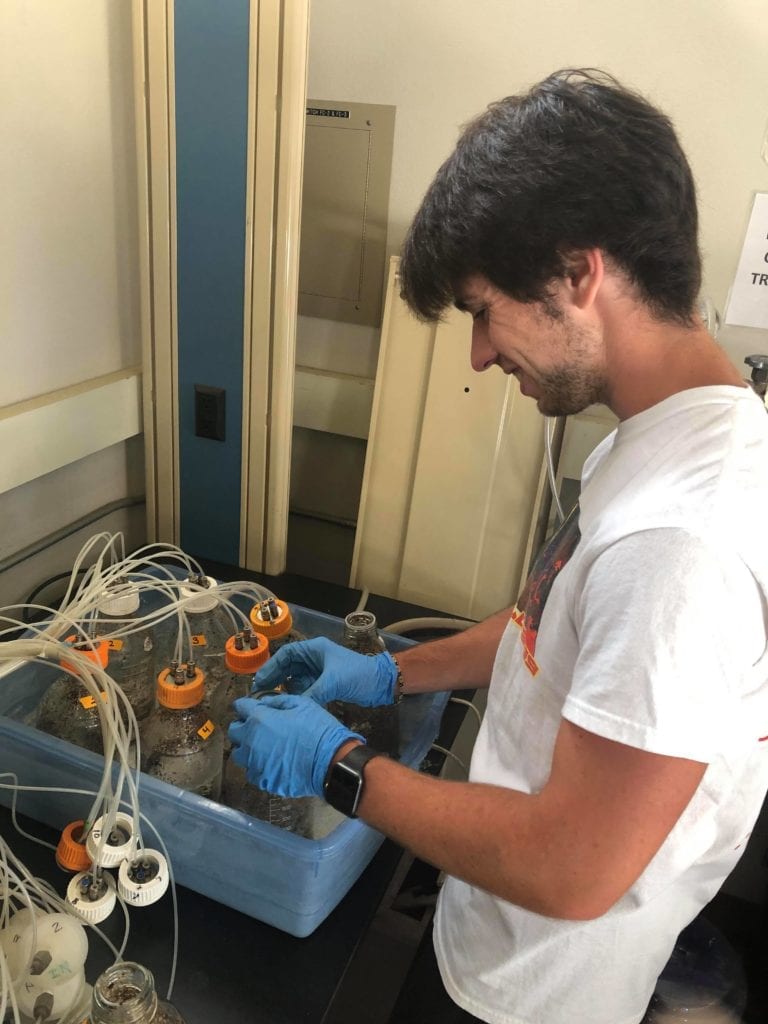About Me

Sam Johnson
Environmental Engineering
Sam is a senior at Cal Poly from Castro Valley, California. He has been working with Dr. Yarrow Nelson researching biodegradable polymers since Fall of 2019. He also has experience handling gas detection safety equipment from his time interning at RKI Instruments, Inc.
Acknowledgements
Thank you to Sinclair Systems for sponsoring this project, Sarah Miles who worked alongside me on a closely related project, and Dr. Yarrow Nelson for giving me this opportunity and all his guidance over the last year. I would also like to thank my parents and my friends Sabrina, Sophie, Josh, and Kimo for keeping me sane for the last few crazy months.
Biodegradability of Polymers in Home Compost
Fruit Labels in Compost
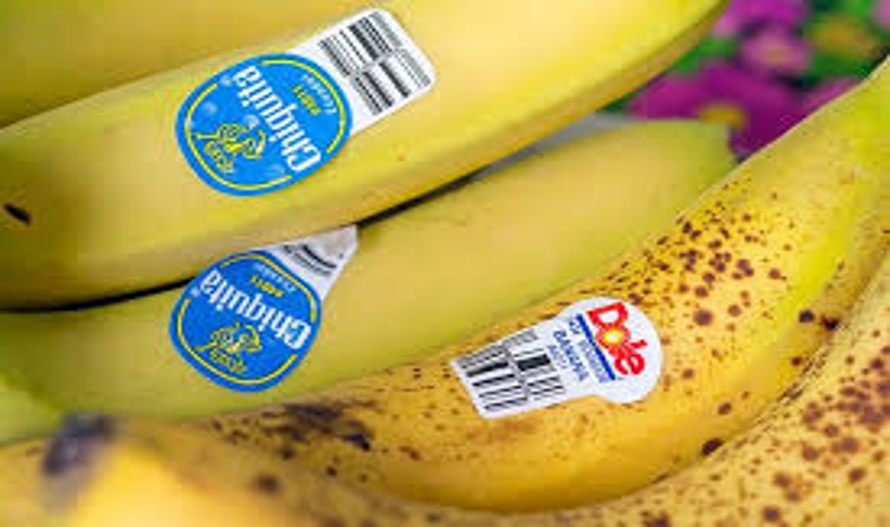
Introduction
•Conventional polyethylene (PE) stickers on produce do not break down when composting food scraps
•Sinclair International has developed a compostable label with compostable adhesive (CLCA) as sustainable alternatives, and we are testing the biodegradability of these labels
Previous Cal Poly Research
PE, CLCA and paper labels (PAP) were observed under municipal aerobic compost conditions (58°C and 40% moisture) for 90 days
CLCA degraded completely in 90 days
PAP degraded completely in 30 days
PE showed no degradation in 90 days
Municipal conditions are unrealistic for the average home composter to achieve.
Objectives of Current Research
•Determine biodegradability of CLCA and PAP labels under home composting conditions
•One year duration instead of 90 days
•Use respirometry to measure CO2 evolution from CLCA labels under home compost conditions – indicator of true biodegradation as opposed to forming microplastics

This project is sponsored by Sinclair Systems
Home Compost Piles
Experimental Plan
•Labels of each material were sent to 12 volunteers with home compost piles across the U.S.
•3 Volunteers from each of 4 different climates: CA, NY, HI, and AZ/NM
•Sets of 5 labels were sealed in mesh bags to allow biodegradation and easy retrieval.
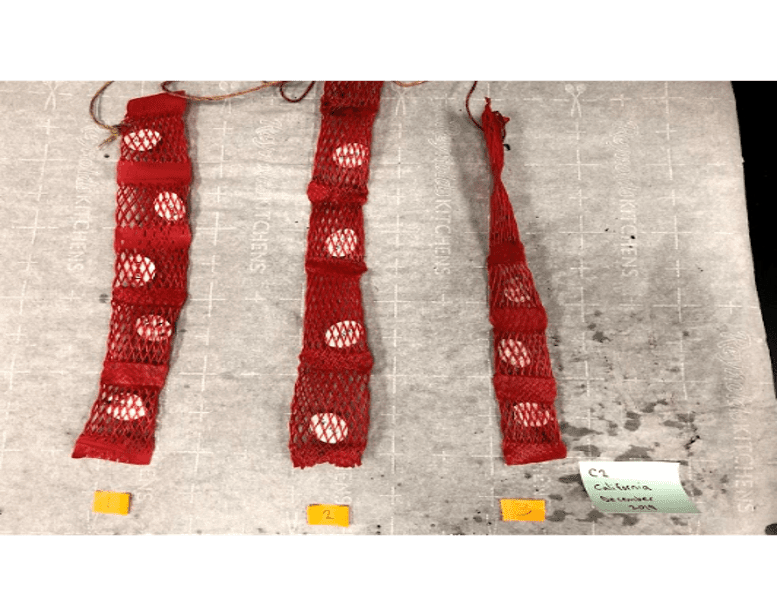
•6 sets of each label type (PE, CLCA and PAP) sent so volunteers could return one set every 2 months
•Degradation assessed by visual inspection, weight loss, and scanning electron microscopy
Results
•PE and CLCA showed no signs of degradation after 10 months
•Most PAP labels degraded completely in 4-10 months
•Degradation was much slower in colder climates
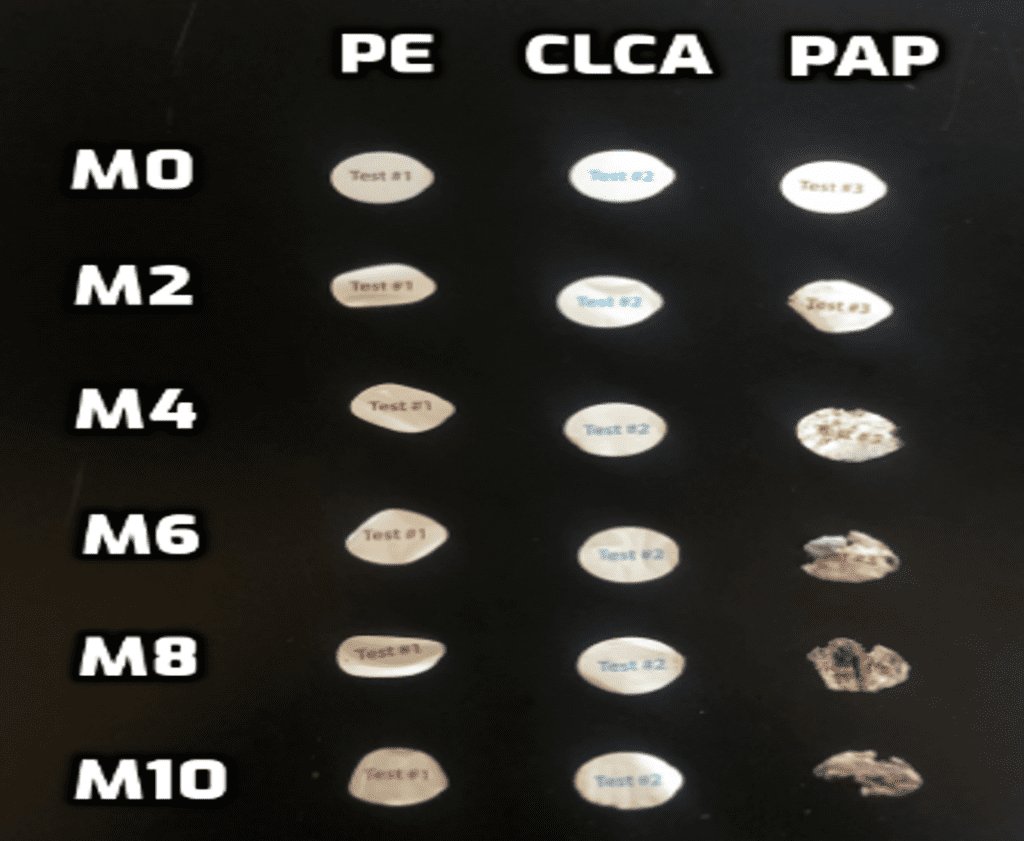
*Labels collected from NY compost pile
Use of Respirometry to Assess True Biodegradation
Experimental Plan
- CLCA labels placed in respirometer bioreactor containers with components in table below
3 replicates of 3 conditions – Experimental group and two types of controls:
Compost only (no labels)
Killed controls inhibited with sodium azide
Compost inoculum prepared with phosphate buffer and aged and sieved compost
All labels treated with deadening powder to neutralize adhesive
CO2 evolution measured with respirometer using 66 min intervals

Preliminary Respirometer Results
•CO2 evolution was observed even for killed controls (see graph below)
•CaCO3 was found in deadening powder – likely released observed CO2
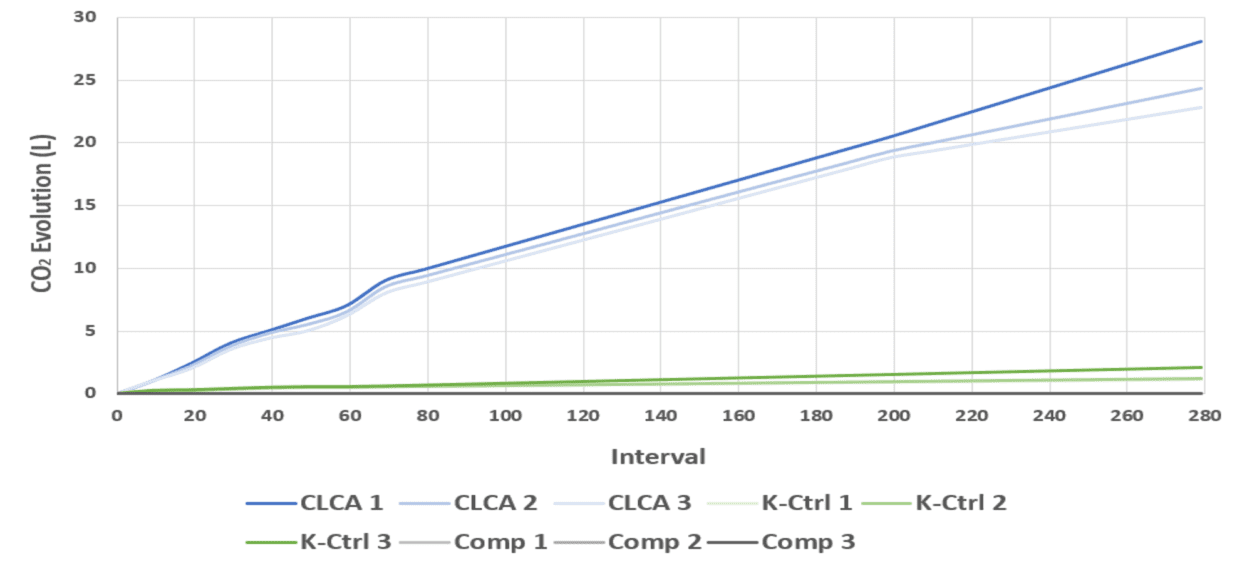
Conclusions
•Polymeric labels (PE and CLCA) did not readily biodegrade under any tested home compost conditions
•Respirometry must be repeated with talc deadening powder not containing CaCO3
•The reactors with CLCA labels produced more CO2 than the killed control and compost only reactors
•However, given the slow biodegradation of the labels, the short duration of the experiment, and CaCO3 interference, the respirometry experiment should be run for longer before making conclusions about CO2 evolution during label degradation
•Additional polymers should be researched and tested for a more effective compostable label material

